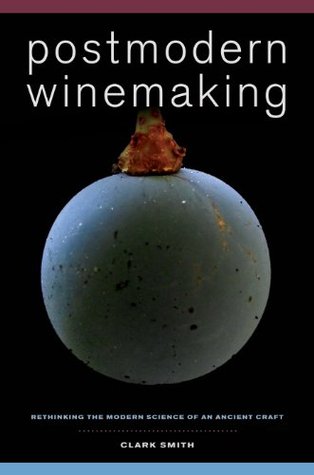When produced from grapes containing raisining, wine has been shown to exhibit fruity elements resembling hazelnut, tawny port, and bacon, products of Maillard reactions between proteins and sugars. Since these compounds contain positively charged N+ groups, they should at wine pH be ionized, and therefore nonvolatile. If the redox potential is high, however, such a compound might accept an electron (e−) and become charge-neutral, thereby released from aqueous solution into the aroma. (See the discussion in chapter 18 on acidity and aroma.) We thus have a plausible basis for the observed
...more
Welcome back. Just a moment while we sign you in to your Goodreads account.


